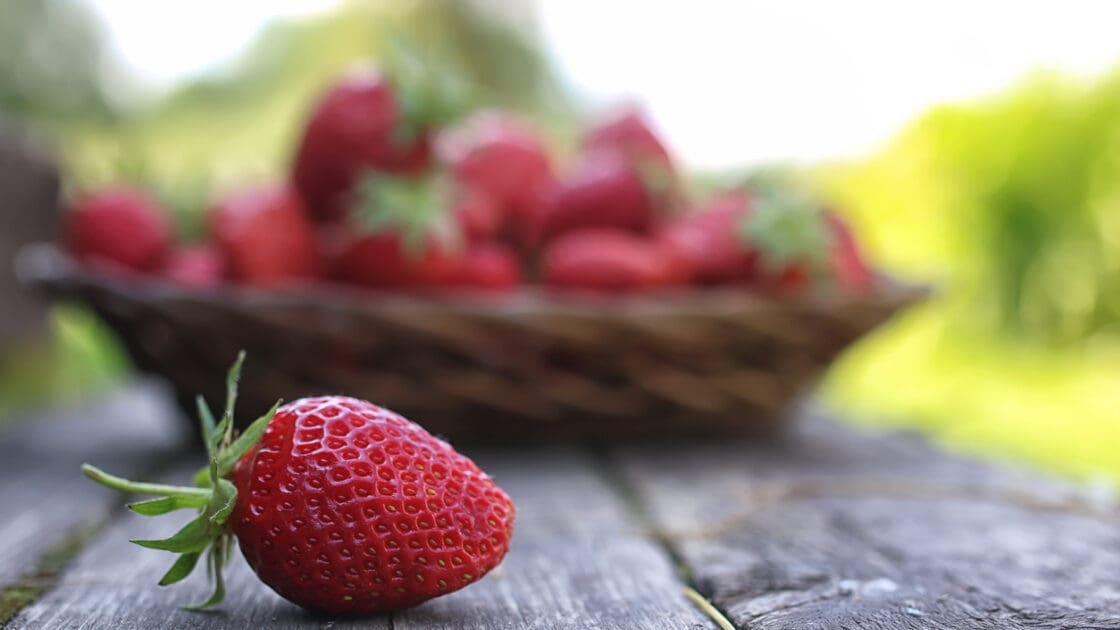Strawberries Top EWG’s Pesticide-Laden ‘Dirty Dozen’ List for Third Year in a Row

For the third year in a row, strawberries top the Environmental Working Group’s (EWG) Dirty Dozen list of the twelve fruits and vegetables most heavily sprayed with pesticides.
EWG ranks fruits and vegetables based on USDA analyses on pesticide and herbicide use. This year’s list saw more than 98 percent of strawberries, spinach, peaches, nectarines, cherries, and apples tested contained residue of at least one pesticide. In one case, a strawberry sample contained traces of more than 20 pesticides.
Spinach spends another year in the second spot with nearly twice as much pesticide residue by weight than any other crop on the list, the organization noted.
“Many shoppers don’t realize that pesticide residues are common on conventionally grown produce – even after it is carefully washed or peeled,” EWG notes, adding that “nearly 70 percent of samples of conventionally grown produce were contaminated with pesticide residues.”
In addition to the Dirty Dozen list, EWG releases the Clean Fifteen list, which highlights the fruits and vegetables with the lowest pesticide residue levels. Avocados and sweet corn topped the list, and more than 80 percent of pineapples, papayas, asparagus, onions, and cabbages had no pesticide residues. Only five percent of items on the Clean Fifteen list contained traces of two or more pesticides and no samples of fruit contained more than four pesticides.
“It is vitally important that everyone eats plenty of produce, but it is also wise to avoid dietary exposure to toxic pesticides, from conception through childhood,” said Sonya Lunder, senior analyst with EWG. “With EWG’s guide, consumers can fill their fridges and fruit bowls with plenty of healthy conventional and organic produce that isn’t contaminated with multiple pesticide residues.”
Dirty Dozen
- Strawberries
- Spinach
- Nectarines
- Apples
- Grapes
- Peaches
- Cherries
- Pears
- Tomatoes
- Celery
- Potatoes
- Bell Peppers
Clean Fifteen
- Avocados
- Sweet Corn
- Pineapples
- Cabbage
- Onions
- Sweet Peas (Frozen)
- Papaya
- Asparagus
- Mango
- Eggplant
- Honeydew
- Kiwi
- Cantaloupe
- Cauliflower
- Broccoli
Find Jill on Twitter and Instagram
Related on Organic Authority
Exposure to Pesticides 50 Percent More Devastating for Hungry Honeybees, Study Shows
41 Purple Fruits and Vegetables to Add a Pop of Color to Your Plate
Fruits and Vegetables Teach Cells to Defend Against Diseases, Study Finds

